Animalia

Atlantic Footballfish
Himantolophus groenlandicus


10 POINTS
Play: H. groenlandicus has a MOVE of 2 and can act as a PARASITE on other H. groenlandicus cards in play.
Fact: At maturity, the much smaller male becomes a parasite of the female

Blue Ray
Neoraja caerulea

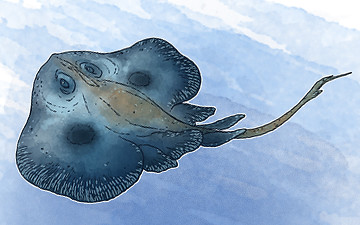
10 POINTS
• Neoraja caerulea has a MOVE of 2.

Eastern Spotted Skunk
Spilogale putorius

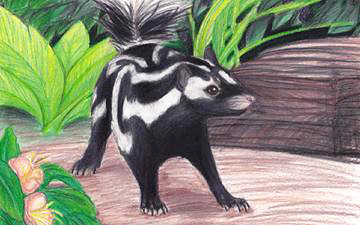
6 POINTS
• Spilogale putorius has a MOVE of 2.
The spotted skunk is not actually “spotted” in the traditional sense. Its dorsal stripes are broken in appearance which gives it its spotted moniker.

Striped Pyjama Squid
Sepioloidea lineolata

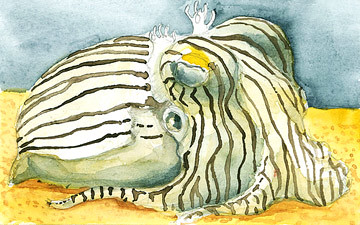
10 POINTS
• Sepioloidea lineolata has a MOVE of 2.
Sepioloidea lineolata is one of the few cephalopods that are known to be poisonous.

Queen Angelfish
Holacanthus ciliaris

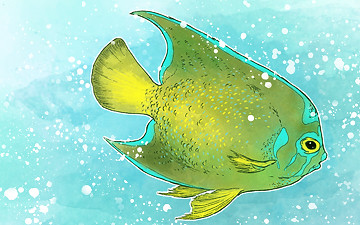
10 POINTS
• Holacanthus Ciliaris has a MOVE of 2.

Dumbo Octopus
Grimpoteuthis sp.

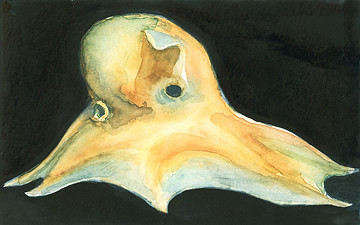
10 POINTS • Grimpoteuthis has a MOVE of 2. Dumbo octopuses are so named for their lateral fins which have a likeness to the Disney elephant character’s ears.